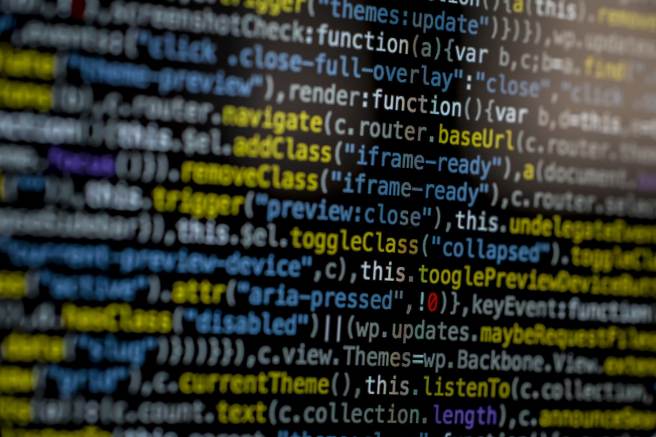A new algorithm identifies mutation patterns across coding and noncoding DNA

Researchers have been able to study 2 percent of the human genome in depth, which includes protein-coding DNA sequences. While mutations in this area of the genome have led to the understanding of the nature of many diseases, several disease-related mutations also happen in noncoding regions of the genome that comprises the remaining 98 percent—parts that do not directly make proteins but control genes’ behavior. Professor Brendan Frey of the University of Toronto, who studies genetic networks, has developed a “deep-learning” machine algorithm that can recognize patterns of mutation across coding and noncoding DNA. Frey’s system predicts whether or not a mutation will cause a change in RNA splicing that could lead to a disease phenotype. The algorithm was tested on autism spectrum disorder and it not only confirmed the existing knowledge about autism genetics but also uncovered 17 new disease-causing genes. Frey’s method combines whole-genome analysis and predictive models for RNA splicing, which can contribute significantly to the development of new treatment methods and diagnoses.
Read more in Scientific American.
Image: Wikimedia Commons


